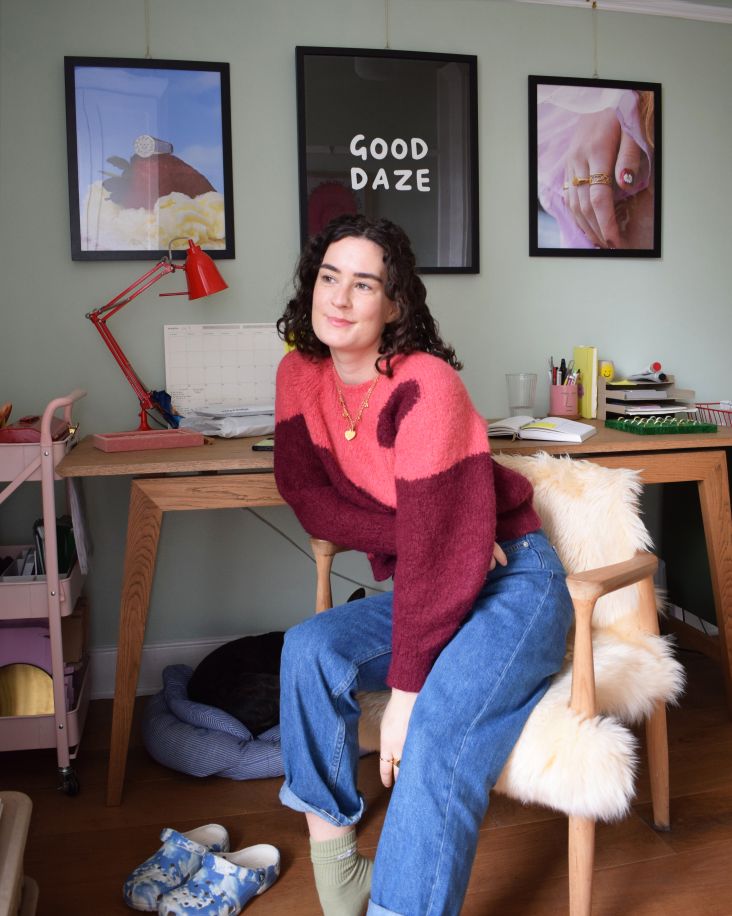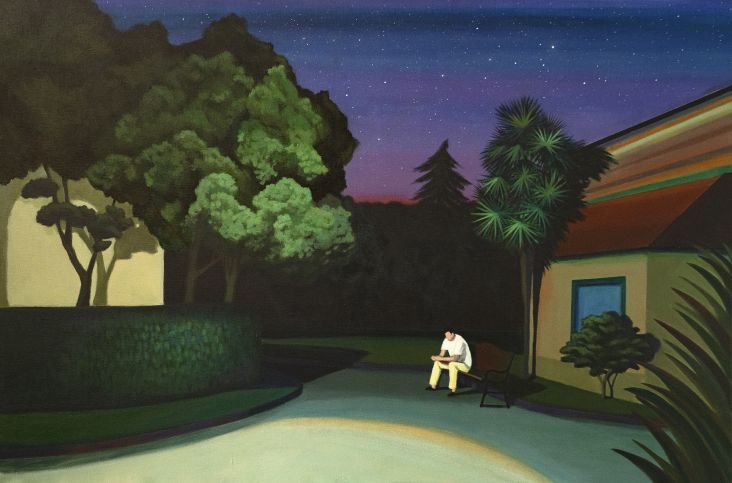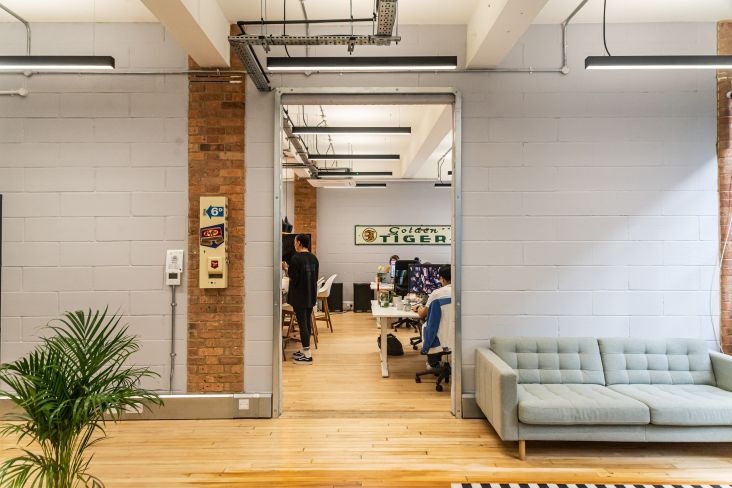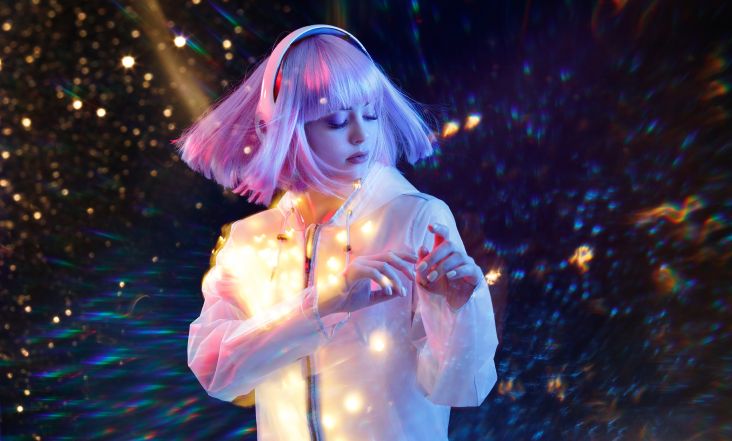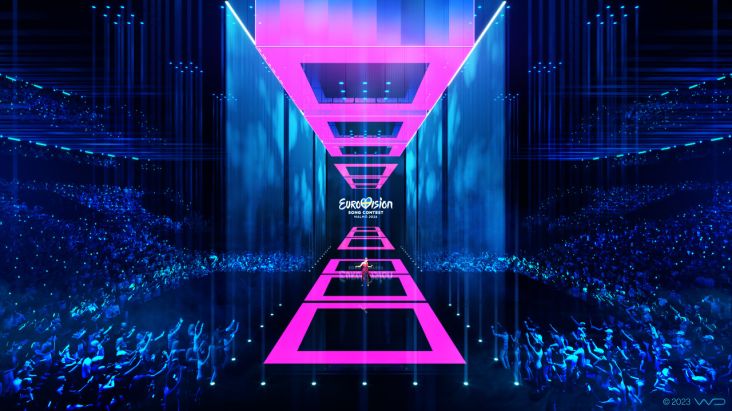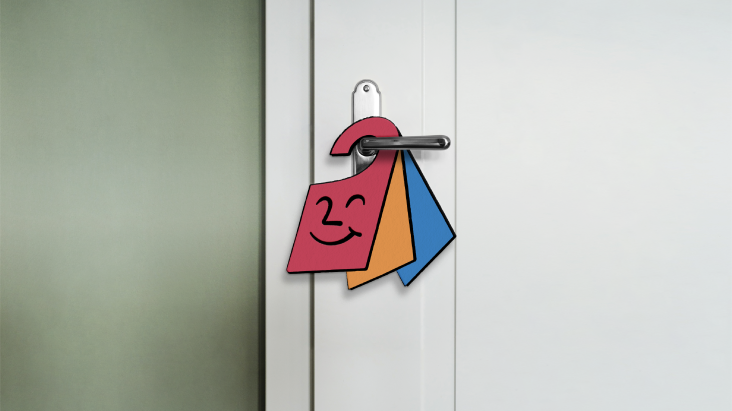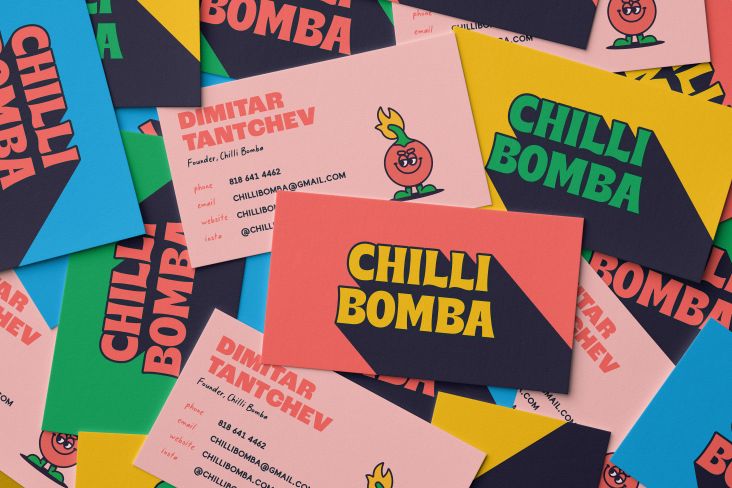Why Formula One's Vegas ceremony was a creative challenge like no other
America's Got Talent producer Brian Burke, entertainment architects Stufish and lighting specialists DX7 have decades of experience under their belt at the highest levels of the creative industry. But even they felt challenged by their latest collaboration: staging a sporting opening ceremony, the likes of which had never been seen before.
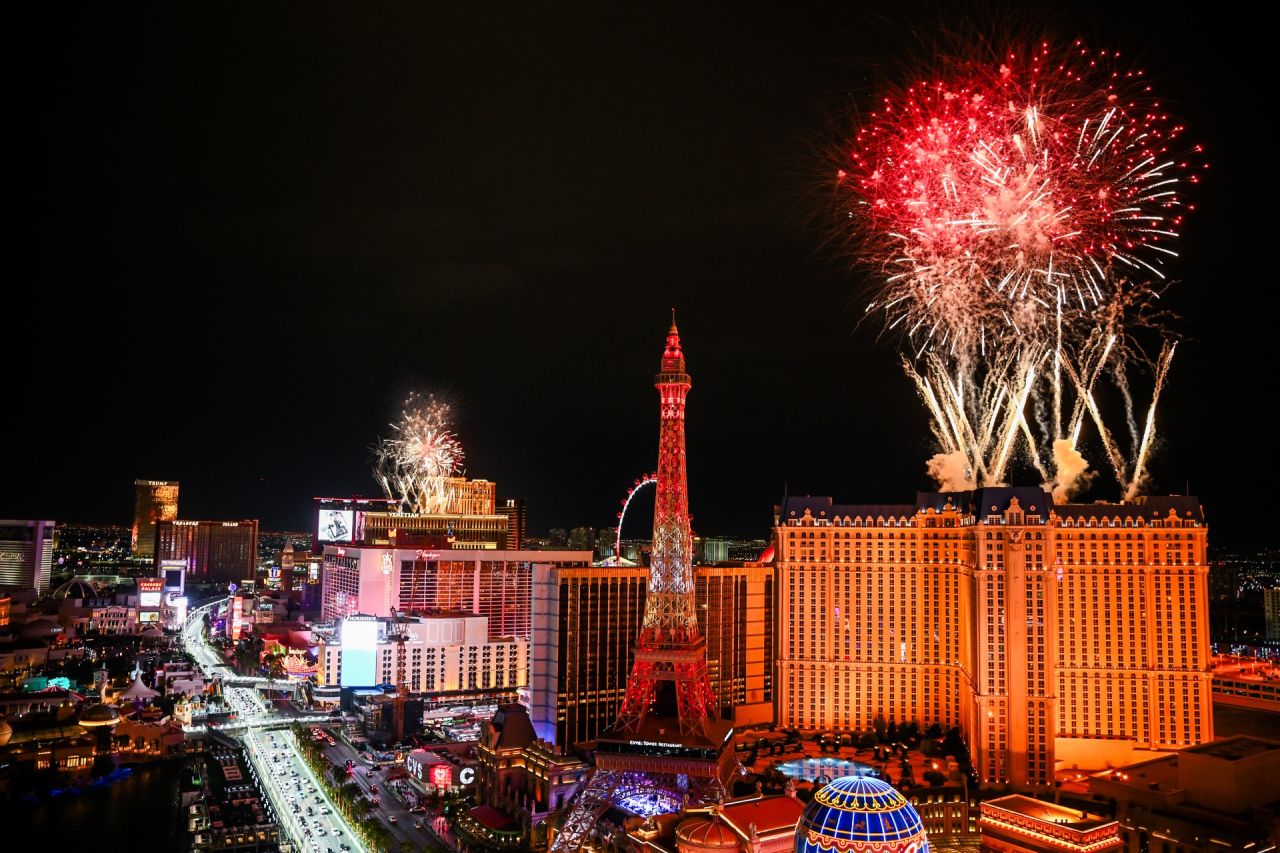
© Getty
Something quite extraordinary happened in Las Vegas last month, as Formula One racing debuted in the world capital of entertainment and nightlife. Not only did the world's greatest drivers wow the crowds in Nevada's neon city, but F1 hosted a spectacular opening ceremony that was easily on a par with the Olympics or Super Bowl shows.
And that was extraordinary for two reasons. Firstly, from the audience's perspective, who got to enjoy breathtaking performances from globally renowned stars in the most unusual of surroundings. And secondly, from the perspective of anyone working in the creative industries in general.
Why? Because we've all been there when we're to do something bold and audacious without having a clue how to achieve it. And that was exactly what happened here.
Before the track was even completed, producer Brian Burke, Ray Winkler of entertainment architects Stufish and lighting designer Tom Sutherland were being asked to put on a show with true wow factor, in an environment where such a thing had never happened before. So, we were keen to chat with the three creatives and find out how they pulled it off.
The brief
The Las Vegas Grand Prix charged Brian to create a spectacular 30-minute opening ceremony at their brand-new track and felt they were in pretty safe hands.
After all, he is not only an Emmy-nominated TV producer but also world-famous for his work as a creative producer of America's Got Talent and co-executive producer of American Idol. He's also got more than two decades' experience on Vegas shows, residencies and music events, including The Latin Grammy Awards and The World Music Awards. Even with all that experience, though, Brian was taken aback by the unusual challenge he faced.
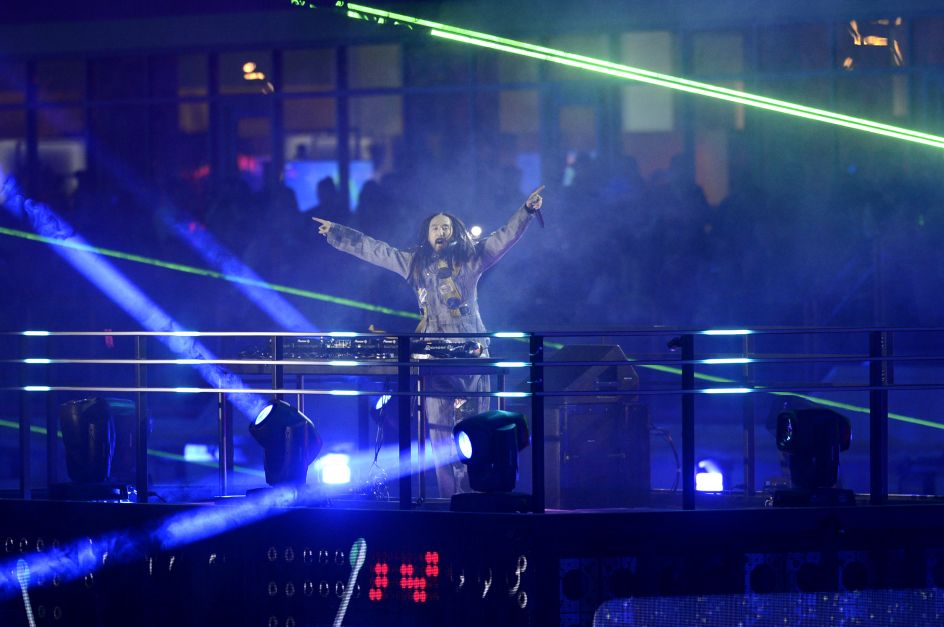
© Getty
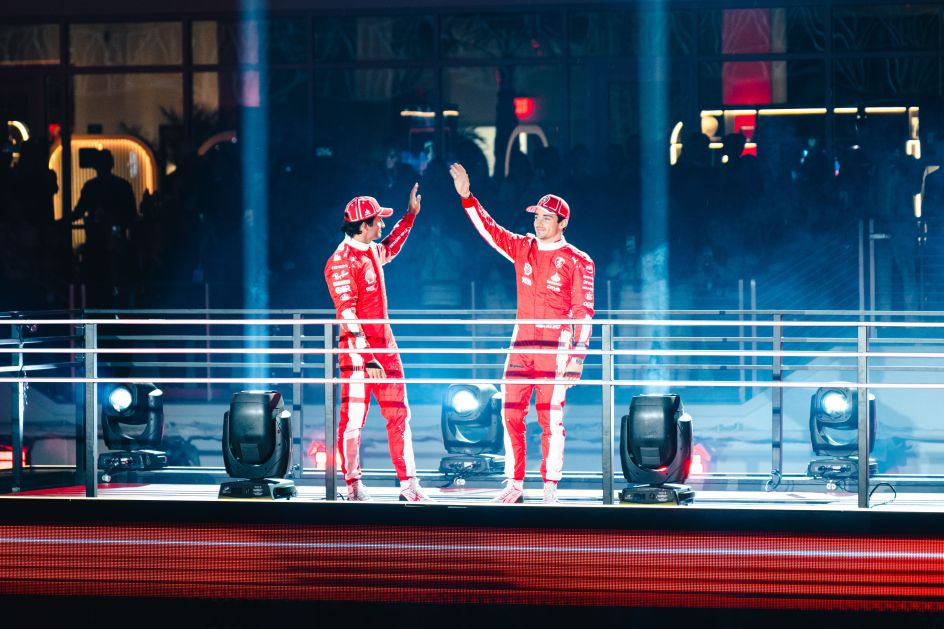
© Las Vegas Grand Prix, Inc.
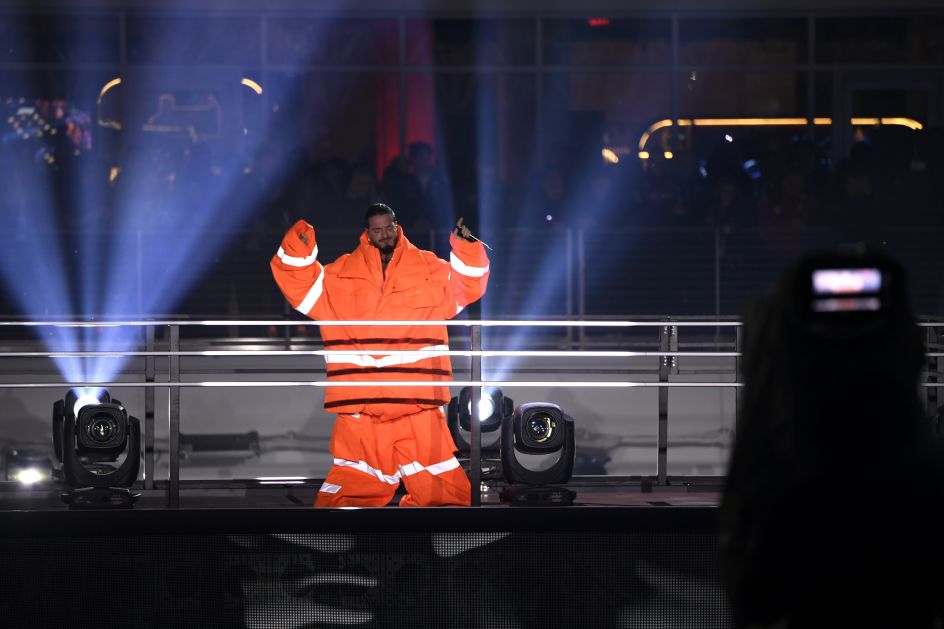
© Getty
"Formula One is not really very well known in America, compared to where it is in the world," he explains. "And so they wanted to make a very big splash, Las Vegas style, coming in. Yet the area we had to work with was such a difficult shape. It was 400 metres long, the length of four football pitches, but only 12 metres wide.
"So it was a real challenge to make a show at that scale, where people sitting at each end of the track could enjoy it," he stresses. "Not only that, but we had to get all these artists on and off stage very quickly to fit the entire show into 30 minutes."
The narrative
To solve the problem, Brian enlisted the expertise of entertainment architects Stufish. Not strangers to the strip, the studio has been responsible for creating some of the biggest residencies in Las Vegas, including Adele's Weekend with Adele and U2's brand-new pioneering show, U2:UV Achtung Baby Live at Sphere. They also boast a long working history with Cirque du Soleil in Las Vegas, with shows like KÀ, Believe and Viva Elvis.
Stufish CEO and design director Ray Winkler realised this unusual venue required a technological solution. "But we don't let the technology be the lead on any of our designs," he stresses. "The technology falls into place when you have a good creative or narrative solution to a problem you want to solve." And so that was the first piece of the puzzle.
"We played around with several ideas, always being driven by the question: 'What are we trying to achieve here?'" he explains. "And the answer was: we're trying to do something visually stunning that becomes very much F1-related, which can only happen in this environment. And we also needed to provide context for several artists. Once we had that meta-narrative, it was easy to get the technical solution."
Stage design
The designs they settled on consisted of seven mobile stage units spread along the track, each with its own integrated lighting, sound and power. Concealed lifts would allow the artist to make a surprise appearance on top of the units, surrounded by bespoke video and lighting content, creating a unique performance. You can see how it all worked for yourself by watching the whole thing on YouTube, here.
The approach of distinguishing the different artists through video walls was partly a result of not knowing who those artists might be during the early planning stages.
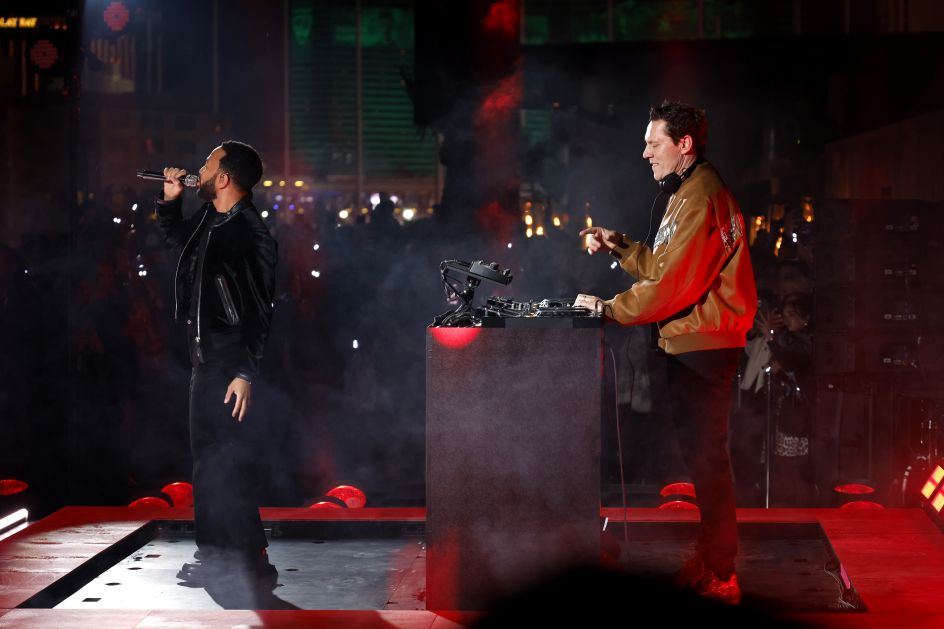
© Getty
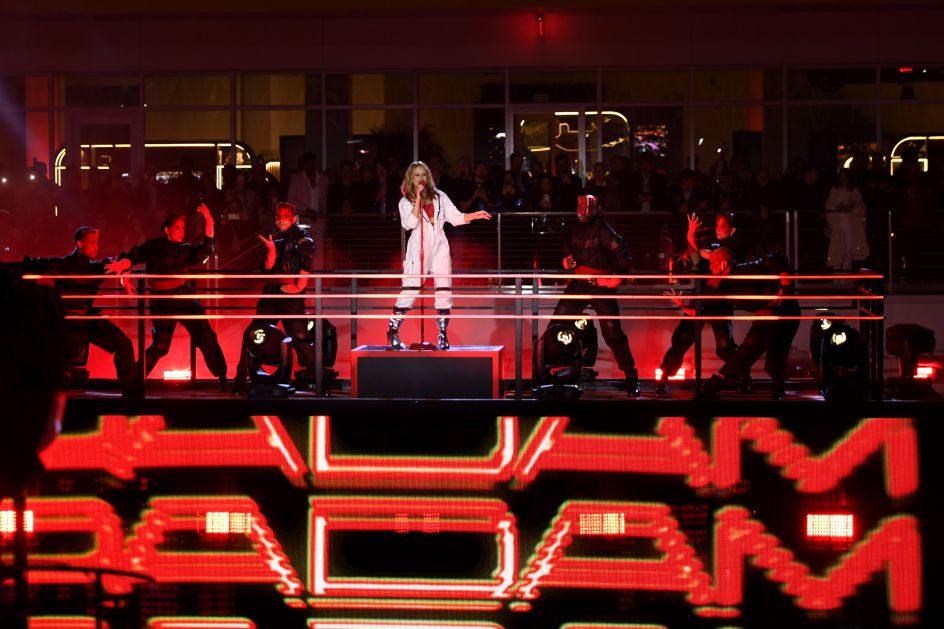
© Getty
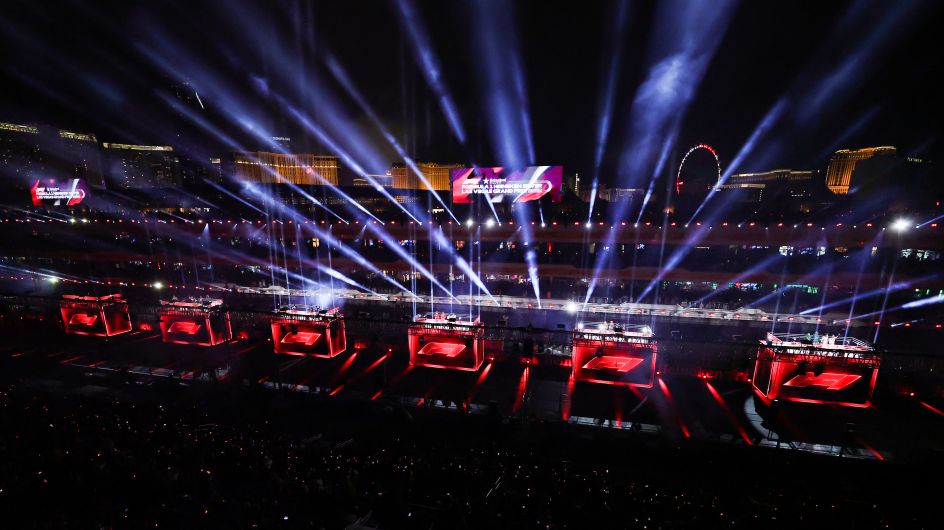
© Getty
"When you have an artist like Beyonce from the outset, you have a very strong visual narrative you can follow," Ray points out. "But when you won't know that for several months, you don't want to lose the window of opportunity to fabricate the object in time. So for us, it was a no-brainer to use video to a large degree because then you can turn a neutral box into a very bespoke environment for Kylie Minogue, Journey, or Will I Am, very quickly."
For optimal viewing by the audience, these stages needed to be 20 feet high, hence the need for the lifts. As well as moving artists on and off quickly and efficiently, Ray was adamant that they needed to be battery-operated and environmentally friendly.
"I felt it would be a missed opportunity if we were still relying on fossil fuels to drive these lifts," he says. "And now we have these fantastic objects that can be reused for other shows, which can run for two hours at a time and have a life beyond Formula One."
Lighting
Meanwhile, Tom Sutherland from DX7 Design was taking care of the lighting. His team has a huge range of experience in lighting shows of all kinds (in fact, only a couple of months ago, we interviewed him about his work on the MTV VMAs). But this time, he faced a problem he'd never encountered.
"This was taking place on a race track, not in a stadium," he points out. "So there was literally nowhere to hang lights. When we were first shown the space, there was no stage, nothing. So, it certainly was building this thing from scratch.
"Everything key light-wise had to be rigged along the track lighting truss," he continues. "And that's a set height governed by the FIA [Federation Internationale de l'Automobile] because the race track is near the airport. And that blocked anything from any other angles, so we had to work everything out from there; how we lit the track, the whole 1,000 feet of it."
Like Ray and Brian, Tom had never worked in such a long, thin strip of space. "So when the lights were running for the first time, I walked to the back of the grandstand and realised I couldn't see the whole thing in my peripheral vision. I've never done a show before where I couldn't register everything happening in my line of sight. It was like watching a game of tennis, and the scale of it alone was a first for me, too."
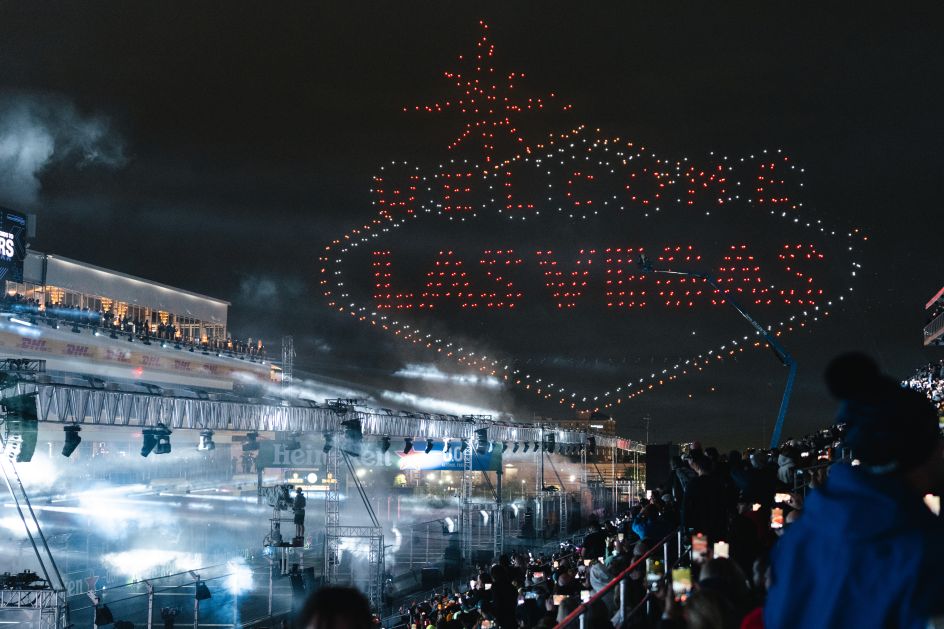
© Las Vegas Grand Prix, Inc.
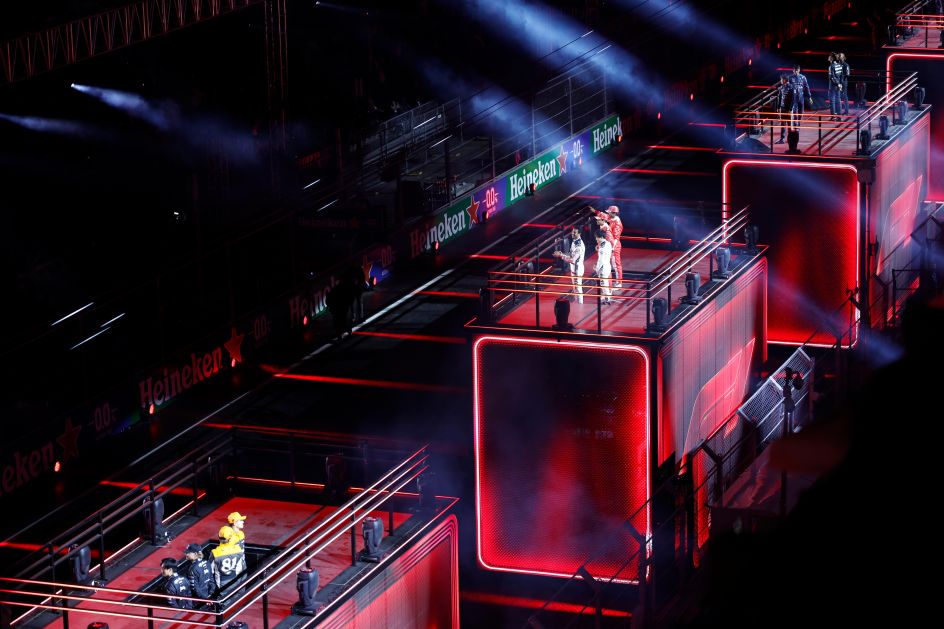
© Getty
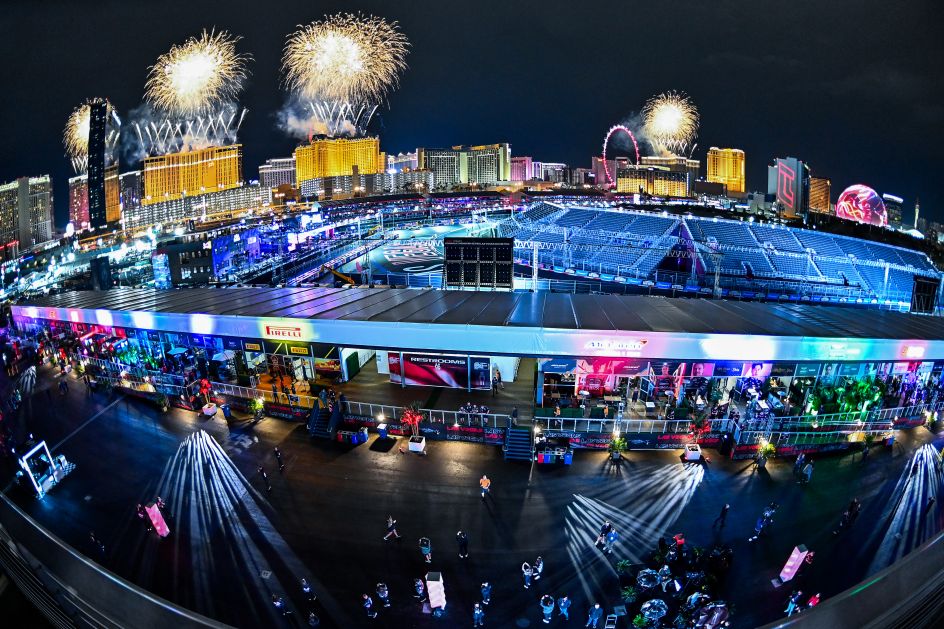
© Getty
He then worked with the architects to engineer lighting rails that ran the entire building. "These were our main positions for the effects lights, lasers and all the pretty eye candy stuff," he explains. Over 1,200 lighting fixtures and 100 lasers needed to be used throughout the show, making this opening ceremony one of the most technical track shows ever produced.
"Having this amount of equipment that's firing directly towards very busy air was also something that we had to raise early on with the nearby FIA control tower at Las Vegas airport," he adds. "They had my number on the wall, so if they were unhappy at any stage, they could ring, and we could work with them to redirect lights and try and terminate things within our property."
The result
Staging this show required a lot of challenges and much hard work for all concerned. But ultimately, it paid off.
The opening ceremony was truly spectacular, as the starting grid was transformed into an awe-inspiring visual spectacle with dancers and chart-topping artists performing atop seven high-tech mobile LED stages. Performances by Andra Day, Bishop Briggs, J Balvin, Journey, Keith Urban, Steve Aoki, Thirty Seconds to Mars, will.i.am and Kylie Minogue were matched by appearances by all 20 participating F1 drivers.
Most importantly, both fans and local residents loved it. "Everyone was amazed," says Tom. "The feedback from the city of Vegas was great; they'd never seen anything on that scale. The response has been amazing."
And that's not surprising. "We've never done anything like this in Vegas," enthuses Brian. "Over the years, visitors have been calling for shorter Vegas shows because they're in town for the weekend and want to cram in as much as possible. So we've been getting shows down from two hours to 90 minutes, 70 minutes. But here we did a show in 30! And it wasn't the Super Bowl and wasn't an award show. It was its own thing: a Formula One opening ceremony, Las Vegas style.
"I think that's what excited everybody about working on it," adds Brian. "Besides the fact that it was outside, the city of Las Vegas was the show's backdrop. So it was cool and fun to do something new like this."





 by Tüpokompanii](https://www.creativeboom.com/upload/articles/58/58684538770fb5b428dc1882f7a732f153500153_732.jpg)


 using <a href="https://www.ohnotype.co/fonts/obviously" target="_blank">Obviously</a> by Oh No Type Co., Art Director, Brand & Creative—Spotify](https://www.creativeboom.com/upload/articles/6e/6ed31eddc26fa563f213fc76d6993dab9231ffe4_732.jpg)








